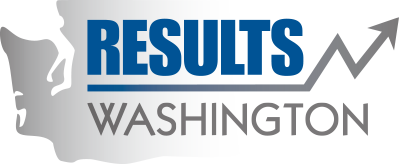Archived: Non-electric fossil fuel consumption associated with residential and commercial
For additional information and charts, click here to view Supplemental Report.
The residential and commercial (RC) subsector three year trailing average for 2010 (years 2008 through 2010) reveals fossil fuel consumption of 165.9 trillion BTU. The fuels consumed were primarily natural gas, heating oil, and liquefied petroleum gas (LPG) for building space heating. The pie chart below illustrates RC subsector energy consumption by fuel type for 2011. A key strategy toward reducing GHG emissions from the RC subsector will be to use energy in the RC subsector more efficiently.
The three year average direct fossil fuel consumption by the RC subsector for 2014 was 162 trillion BTU. Please note that 2014 data is preliminary.
Department of Commerce works in several areas to save energy and reduce greenhouse gas emissions in the RC sector.
- Commerce and other state partners participate in developing aggressive building codes for new commercial and residential buildings.
- Making our public buildings more efficient. The state has invested more than 200 million dollars in capital grants for efficiency upgrades (K-12, higher education, local governments, state agencies).
- Working to achieve the 70% efficiency improvement target in our state energy code by 2030.
- Working to expand the traditional tests for cost-benefit analysis of building efficiency projects. Because low natural gas prices make it hard to justify efficiency investments using current tools, the state is looking to internalize the costs of GHG emissions.
- Expand financing options to make it easier to retrofit existing buildings. These include pilot projects for utility on-bill financing/repayment, and leveraging of capital clean energy loan funds for energy efficiency projects.
- Provide businesses and homeowners with access to energy use, efficiency and cost information through utility disclosure and other means.
- Continue and expand support to vulnerable and low income populations through weatherization programs, and assistance to get off oil heat.
- Examine ways to provide statewide branding and marketing of energy efficiency tied to consumer protection and easy access to information.
Find information on building energy efficiency at the following sites:
